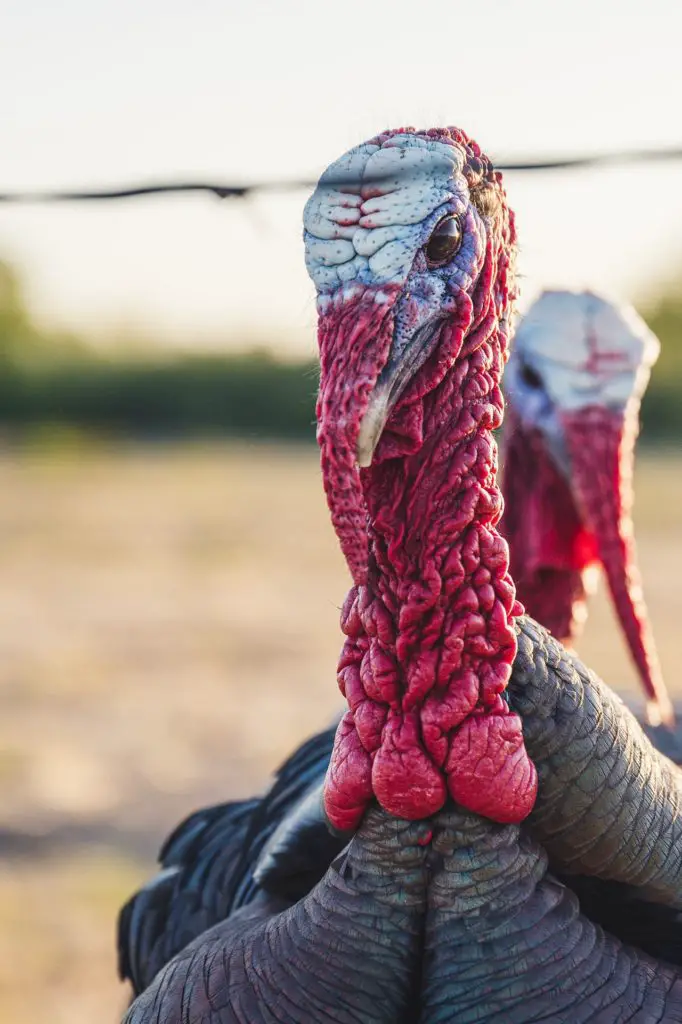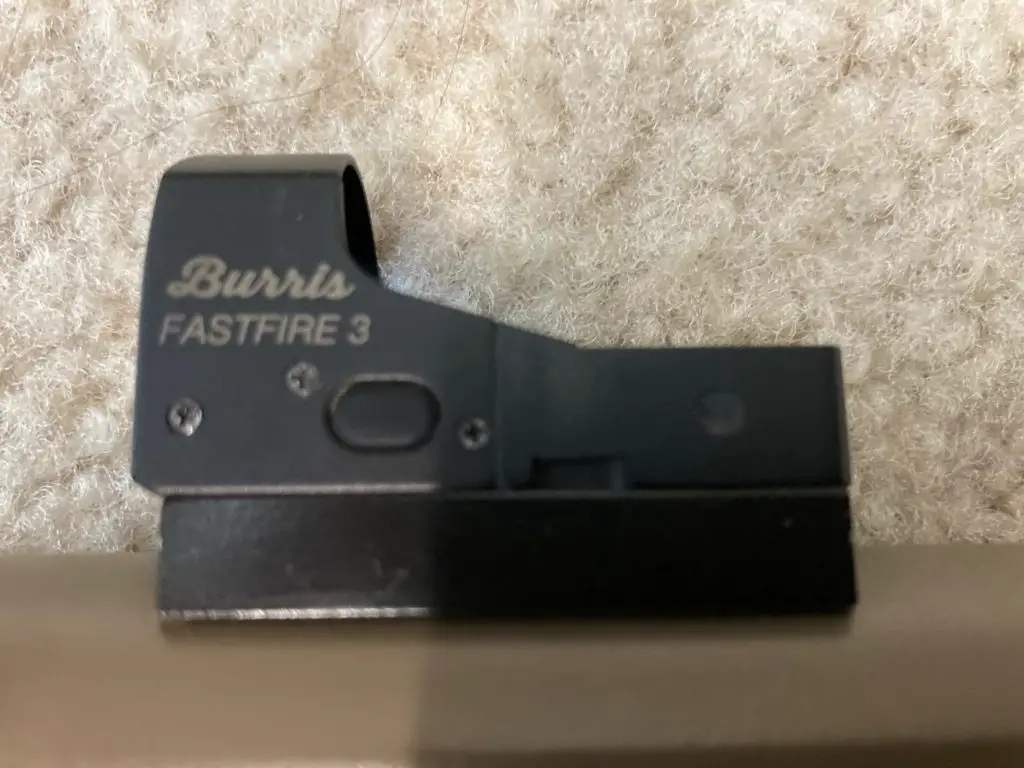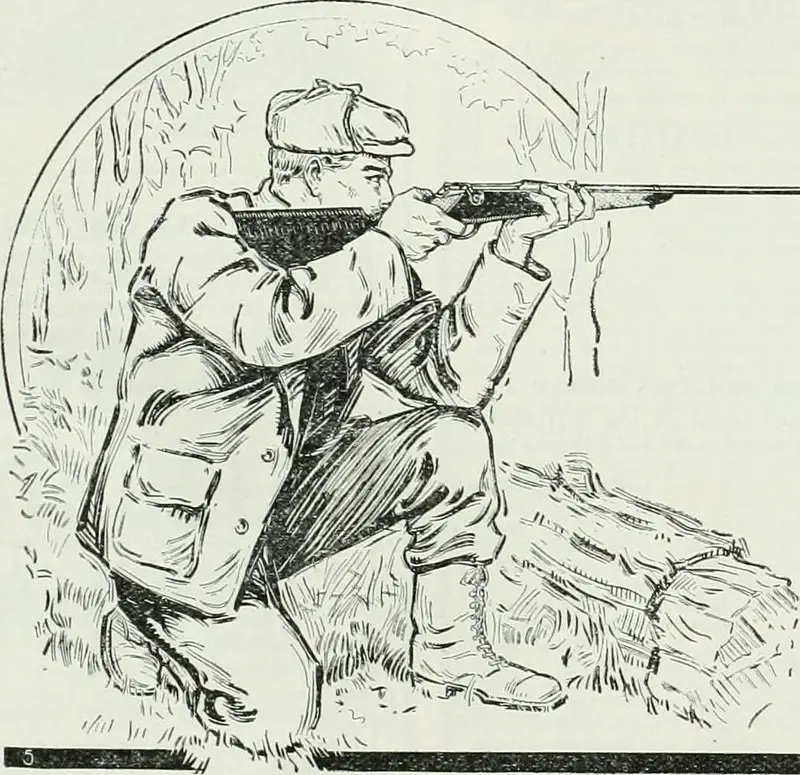
Yep, I’m gonna do it. I’m going to wade into the topic of turkey hunting with a rifle. Please don’t shoot me, cancel me, or publicly shame me.
If you’re completely new to turkey hunting, you may be wondering what would be controversial about turkey hunting with rifles. Hmmm, let’s see. Where do I start?
First off, turkey hunting with a rifle is illegal in most states. Second, a lot of turkey hunters believe that hunting with a rifle is unethical, or at the very least, takes the fun out of it. Third, turkey hunting with a rifle can potentially be more dangerous than hunting with a shotgun or bow.
I’m going to address both sides of each argument for and against turkey rifle hunting. Then I’m going to look at where to aim with a rifle and what rifle would be the best for turkey hunting IF someone was so inclined. Get your popcorn out…
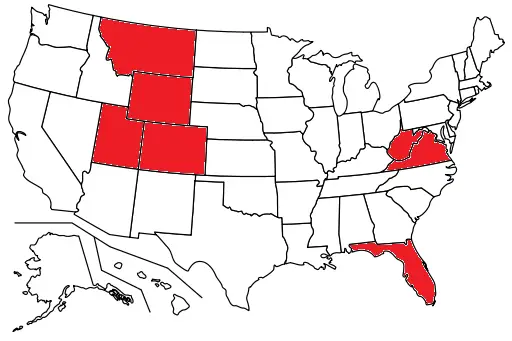
Can you legally hunt turkeys with a rifle?
As I mentioned above, it is illegal to turkey hunt with a rifle in most states. There are some exceptions. The following list are the ones I know about.
There are some states that allow air rifles and muzzleloading rifles to be used for turkeys, but we won’t get into that in this article.
Disclaimer: This is just a reference based on my interpretation of the regulations posted at the time of publication. Please be sure to refer to your state’s regulations before engaging in hunting activities.
- Colorado– Colorado only allows rifles and handguns during its fall and late-season hunts (not spring). They can be rimfire, centerfire, or muzzleloading, but you must shoot a bullet that is at least 17 grains and has at least 110 foot-pounds of energy at 100 yards from the muzzle according to the manufacturer’s energy rating.
- Florida– In Florida, you can use “any legal rifle” or pistol as long as you are not hunting on a WMA. On WMAs, rifles and pistols are prohibited.
- Montana– Montana allows rifle and handgun turkey hunting during its fall season. There are no restrictions on caliber, bullet weight, or energy. There are some special zones that will not allow rifle hunting even in the fall.
- Utah– Utah allows rimfire rifles during the fall season. No centerfire rifles are allowed.
- Virginia– Virginia allows hunters to hunt both spring and fall seasons with rimfire and centerfire rifles and pistols. Obviously, they are not allowed during the Archery-Only Turkey Season.
- West Virginia– West Virginia is another state that allows rifles and handguns to be used during spring and fall seasons. The exception is during Youth Spring Season when they are not allowed.
- Wyoming- Wyoming allows any centerfire rifle to be used during the spring and fall. It allows any rimfire larger than a .17 HMR as long as it has an overall cartridge length greater than one inch.
That’s only 7 of the 49 states that have a turkey hunting season that allow a rifle. Of those 7, only 3 allow hunters to use rifles during the spring.
You can already see from these numbers why turkey hunting with a rifle is not commonplace. It’s not legal in most states.
But if it is legal, is there any reason you shouldn’t use one?
Is turkey hunting with a rifle ethical?
There are many turkey purists who believe that true turkey hunting is a chess match between the turkey and the hunter. The hunter calls, the turkey answers, and the hunter counters.
These hunters believe that a turkey should only be killed after being called into shotgun or bow range. Traditionally, that has been within 40 yards (or even less for a bow).
However, new turkey chokes and TSS loads are expanding the standard ranges of shotguns. You could potentially kill a turkey at 60 yards or even further with these new technologies.
So is a rifle really an advantage?
Well, in certain scenarios, yes. A modern centerfire rifle could technically take a turkey out to several hundred yards. This could certainly help kill turkeys out in fields where it is often harder to get within shotgun range.
However, in the woods, many times it is difficult to get a shot much further than 40 or 50 yards. In these situations, I’m not sure that a rifle gives you much more of an advantage than a shotgun.
In the fall, many deer hunters are carrying rifles. Where it is legal to shoot a turkey with a rifle, my intuition (for all that’s worth) leads me to believe that many turkeys are killed by deer hunters.
Is this a problem? Ultimately, I think that is a question for your state. If the state’s turkey population can’t sustain a high harvest rate, I think your state should not allow the practice. If a rifle harvest bears little to no consequences on a balanced population, then it’s probably alright.
Ultimately, if it is legal to hunt a turkey with a rifle and you would enjoy taking one this way, who is anyone to tell you that is wrong? It is widely accepted that shooting deer with a rifle is ethical. Why would shooting a turkey with a rifle be any different?
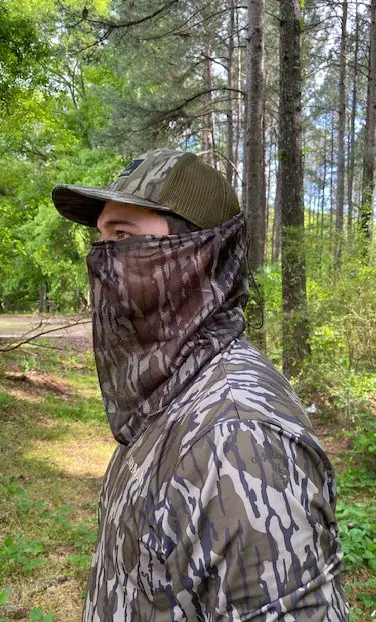
Is rifle turkey hunting safe?
Penn State ran a study on hunting accidents in Pennsylvania between 1987 and 1999. An accident is defined as “the discharge of a rifle, shotgun or any other sporting arm that injures another person.” They found that fall turkey hunters had the highest rate of accidents per hunter.
So why does turkey hunting have more shooting-related injuries than other game hunts? This could be due to a number of factors.
A leading factor is that turkey hunters attempt to mimic the game they are hunting with calls and decoys. Combine that with the fact that turkey hunters tend to move around during the hunt more than duck or deer hunters, and this can easily turn into a situation where turkey hunters are stalking turkey hunters.
Another thing that can make turkey hunting more dangerous is the lack of fluorescent orange clothing. Since turkeys can see in a full spectrum of colors, most states don’t require hunter orange to be worn when pursuing turkeys. Most states require it for other types of big game.
When turkey hunting with a shotgun or bow, hunters usually need to get within 40 yards to shoot their game. A rifle hunter does not have to get as close to his game before pulling the trigger.
At closer range, a hunter may be more likely to recognize another hunter before pulling the trigger. A rifle bullet is also more likely to maintain energy through the intended target and carry on for much further distances than shot or broadheads.
One might argue that the weapon is not the problem. The problem lies with unsafe hunters. Here are some ways that turkey hunting with a rifle can be safer.
Whether you hunt with a rifle or shotgun, you should continue to be diligent with your firearm safety. Always make every effort to confirm that what you are shooting at is a live, legal game animal and not a human, decoy, or other unintended target. This includes looking at what is beyond your target.
When you are turkey hunting, it is always a good idea to keep your back to a tree larger than your frame. This will keep you hidden from the turkey and also provide protection from a shot behind you.
Be extremely careful when using decoys. Decoys can be extremely realistic. Try to sit in a way that you can see other hunters approaching your decoys or in a way that would keep you out of the most likely lines of fire should someone mistake your decoy for the real thing.
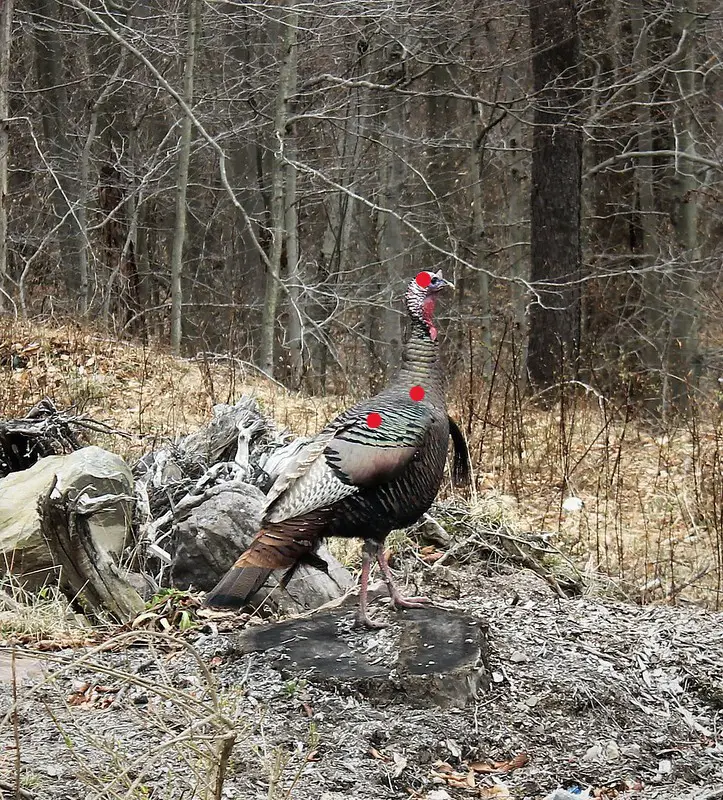
Where to aim at a turkey with a rifle?
With a shotgun, most hunters aim for the head or upper neck of the bird. If you have a close shot and the turkey is still, you can take a headshot. The good thing about this chance is you’re probably not going to wound the bird. It will be a clean miss or lethal kill most of the time.
If you’re not as confident in your shot, you can aim for the point where the neck joins the body. This gives you a larger target. It is also less likely to move as quickly as the head and upper neck might.
At long ranges, you should try to shoot the turkey broadside. Aim just rear (towards the tail) of the point where the wings join the body. That is the upper half, centered horizontally on the body.
None of these shots will mess up your valuable breast meat too much assuming you’re not shooting at a crazy angle.

Photo courtesy of Ruger
What is the best caliber rifle for turkey hunting?
If rifles are legal and you’ve decided to try to take a turkey with one, you’re probably wondering which rifle you should use. While we can pretty much rule out 300 mags, it might not be as obvious if we should be using .22 long rifles or .270s.
Like most things in life, the best turkey hunting rifle depends on the circumstances. In some states, you can only use rimfires. In other states, there are restrictions on rimfire rifles. And still in other states, all rifles are legal.
Rifles that are good for close-range hunting, may not be good at extended ranges. On the flip side flat-shooting rifles that are good at distance may blow your turkey to smithereens.
Let’s start by looking at the best rimfire rifle choices for turkey hunting.
Rimfire Rifles
The .17 HMR is a very accurate little cartridge. Unfortunately, it doesn’t carry a lot of energy out past 150 yards. This caliber can be a great option if you plan on taking head and neck shots.
Another option is the .22 Winchester Magnum cartridge. It offers you a little more punch than the .17 HMR, but lacks the accuracy you may need to hit a turkey in the head at further distances. It’s probably a better choice than the .17 if you feel like you’re going to take body shots at a turkey.
Rimfire turkey rifles are not going to be extremely effective at distances much further than 150 yards. If you believe that turkey hunting is best done at bad-breath distances then you shouldn’t have any problem with one of these little guns.
Rimfire rifles are less likely to destroy your meat than a higher-powered centerfire. You just have to know your limits before you take the shot.
Centerfire Rifles
If you want a rifle that you can deer and turkey hunt at the same time with, then a centerfire rifle is going to be more your speed.
Some of the smaller-caliber deer rifles can be good for turkey hunting. The .223 and .243 are both extremely popular calibers that, with some conscientious aiming, would not destroy your turkey. Back in the day, my great-grandmother used to hunt turkeys in Pennsylvania with her .222 Remington.
Though not a good option for deer (and possibly not legal in your state), the 22 Hornet can make an excellent turkey rifle. Accurate and lethal out to 200 yards, it provides more distance and power than the rimfires. It is also less likely to harm the meat of the turkey than the faster centerfires.
Conclusion
Whoooo! I made it (and I guess you did too). No shots fired yet.
Whatever your opinion on turkey hunting with a rifle was before reading, hopefully, this article has opened your mind in some way. Remember, while it may not be for you, it’s always a good practice not to shame other legal hunters for their choices.
The most important thing is to be safe when you’re out there hunting regardless of your weapon of choice. Now grab that rifle (or shotgun) and let’s go chase some toms.
If you enjoyed this article, you may also enjoy my article on using a modified choke for turkey hunting.

